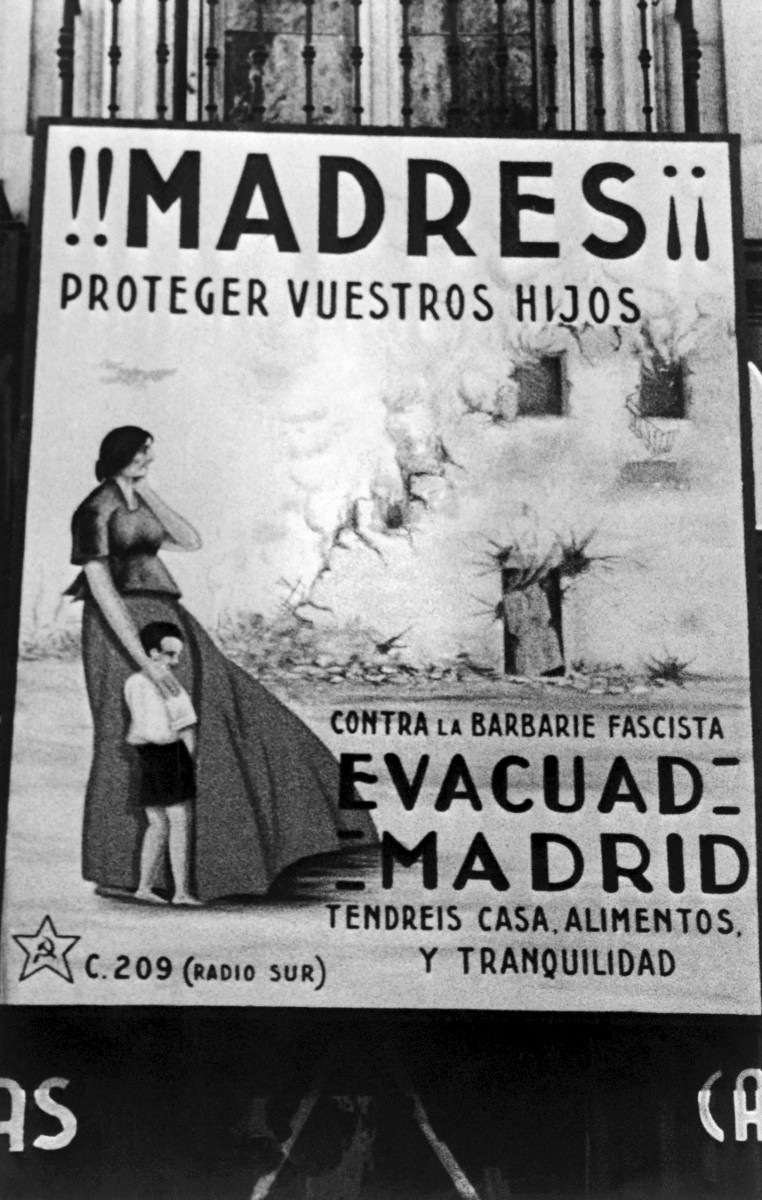Personal income tax is known as IRPF in Spain (Impuesto sobre la Renta de las Personas Físicas) and is commonly shortened to la renta.
The annual income tax return is called la declaración de la renta and is a progressive tax – in other words, the more you earn, the more you pay.
You need to present a tax return in Spain if:
- You are employed and have an annual income over €22,000 from a single employer
- You have earned over €15,000 from multiple employers, as long as the amount from the second or third employer exceeds €1,500 per year.
- You are self-employed or have your own business
- Your income from yearly dividends, interest and capital gains exceeds €1,600
- You receive rental income over €1,000 per year
- It is the first year that you are filing a tax return in Spain
The Spanish tax year runs from January 1st to December 31st, meaning that during the tax campaign this year, you will present your taxes from January 1st to December 31st 2022.
April 11th – This is the date when the income tax campaign begins. From this date, you can present your taxes for 2022 online. According to Spain’s tax agency the Agencia Tributaria, nine out of every 10 declarations are done online.
You can present them via Agencia Tributaria website by following this link HERE.
You will need to have a Digital Certificate or to register with the Cl@ave PIN security system to allow you to access your personal data securely online. Get one either via the Agencia Tributaria page here or by booking a cita previa (appointment) at one of the many regional Tax Agency offices.
READ ALSO:
- Access all areas: how to get a digital certificate in Spain to aid online processes
- Spanish bureaucracy explained: Saving time through the online Cl@ve system
May 5th – From May 5th, you can also present your taxes via the phone if don’t want to do it online. Appointments to do this can be made from May 3rd to June 29th. You will be given the option of speaking to an adviser at the Tax Office who will talk you through the process.
You can do this by calling 901 200 345 or 91 535 68 13.
June 1st – From June 1st until June 30th, you can present your personal income tax in person at the various Agencia Tributaria offices around the country. Remember that you will need to book a cita previa (appointment) in advance.
You can book your appointment online at the Agencia Tributaria website, by choosing which office you want to book it through or by calling 901 22 33 44 or 91 553 00 71. Appointments can be booked from May 25th until June 29th.
June 27th – The deadline by which you must submit your tax return if you want to pay via direct debit or if you are owed any money back and what to be paid directly into your bank account.
June 30th – The end of the tax campaign for earnings in 2022. However you decide to present your taxes, you need to make sure you do it by this date.
READ ALSO: The tax changes in Spain in 2023 that you need to know about
Tax changes for 2023
- IRPF – This year, the Ministry of Finance will change the way they calculate the amount of Impuesto de la Renta para las Personas Físicas (IRPF) or personal income tax, you have to pay. In total, more than 250,000 workers will benefit from the changes and in some cases, will save more than €1,000 per year.
- Minimum exemption raised – The government has also raised the minimum exemption from €14,000 to €15,000 to help the most vulnerable in Spanish society.
- New social security thresholds for self-employed – Autónomos (self-employed people) will be paying social security contributions based on real income, instead of a set amount each month. Essentially anyone earning under €1,300 per month will be paying less in social security fees, those earning between €1,300 and €1,700 will pay the same amount as they do now – €294 per month, while anyone earning over €1,700 will be paying more.
- Wealth tax – Three brackets that have been established are a rate of 1.7 percent for fortunes between €3 and €5.3 million, 2.1 percent for wealth between €5.3 and €10.6 million, and 3.5 percent for fortunes over €10.6 million.
- Savings tax – Large savings and capital income will also be taxed at a higher rate in Spain in 2023. For taxable income over €200,000, the rate will be increased by one percent, from 26 percent to 27 percent. In addition savings of €300,000 or more will be taxed at 28 percent.




 Please whitelist us to continue reading.
Please whitelist us to continue reading.
Member comments